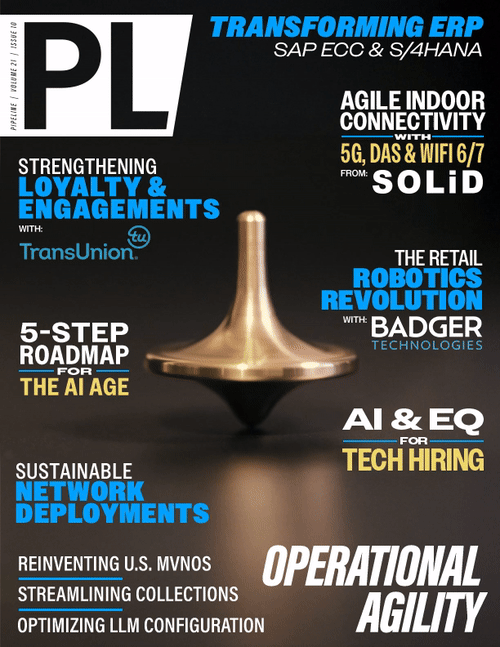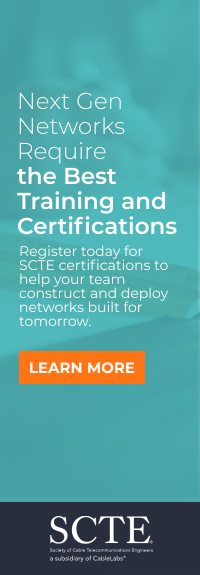5 Step Roadmap to Transforming Operations
for the Age of Intelligence
By: Miguel Carames

In today’s rapidly evolving telecom industry, Communications Service Providers (CSPs) face a growing challenge: delivering innovative services at scale, containing rising operational costs, and meeting soaring customer expectations - all the time.
Artificial Intelligence (AI), automation, and analytics offer a clear path forward. Beyond operational improvements, these technologies give CSPs a chance to reimagine their role in the digital value chain — not just as service providers, but as AI-native organizations that embed intelligence into the heart of their networks and decision-making.
This transformation is not just about technology; it’s also strategic. As telecoms evolve into digital-first enterprises, the ability to act on insights in real-time becomes a key differentiator. Operators that utilize AI to make faster decisions, streamline operations, and tailor services to meet customer needs will be better equipped to handle market shifts, new regulations, and disruptive innovations.
McKinsey estimates that Generative AI (GenAI) alone could unlock $60–100 billion in revenue and productivity gains globally across the telecom sector. Long term, that figure is estimated to rise to $250 billion. Yet, practical adoption remains slow. A GSMA Intelligence report found that 22 percent of telcos currently allocate less than 5 percent of their digital budgets to AI; just 4 percent dedicate more than 25 percent.
Step 1: Break Down Silos — Make AI Work Across the Business
AI delivers the most value when it operates across departments - not in isolated use cases. Many operators start by applying AI to improve customer experience, but that only scratches the surface. A dropped call isn’t just a customer care problem - it might signal a deeper set of potential root causes, potentially negatively impacting other customers as well. Unless AI spans the full value chain, from infrastructure to support, its impact will remain narrow.
Step 2: Use Real-Time Analytics to Stay Ahead of Threats and Service Gaps
The shift from static dashboards to real-time, closed-loop analytics marks a turning point in telecom operations. For CSPs, it’s no longer enough to analyze yesterday’s data. They need systems that ingest and act on insights as events unfold in near real-time.
Step 3: Strengthen Cyber Resilience with GenAI-Driven Security Modeling
As telecom networks grow more distributed and complex, thanks to 5G, IoT, and cloud-native architectures, their vulnerability to cyber threats also increases in kind. Moody’s Ratings recently placed the telecom sector in the ‘very high risk’ category on its cyber



















